Have just returned from the
Have just returned from the fatherland this very minute!!! We went to the Bavaria film studios and had a great time - the Das Boot set was only a small part of the 90 minute tour. However, I have lots of photographs courtesy of Nikki and our friend Mark, plus video footage that I shot.
I will put the photographs on here soon, but the video.... rapidshare?
Paul.
Have just returned from the fatherland this very minute!!! We went to the Bavaria film studios and had a great time - the Das Boot set was only a small part of the 90 minute tour. However, I have lots of photographs courtesy of Nikki and our friend Mark, plus video footage that I shot.
I will put the photographs on here soon, but the video.... rapidshare?
Paul.
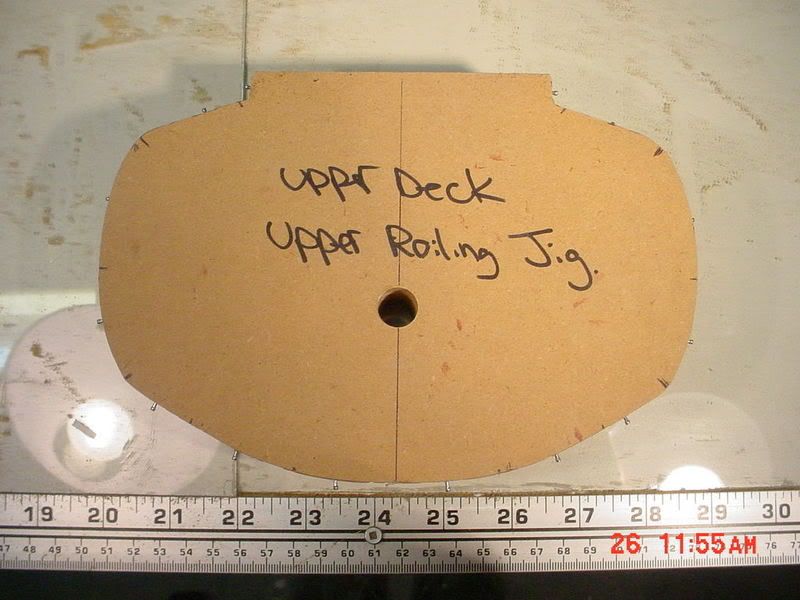
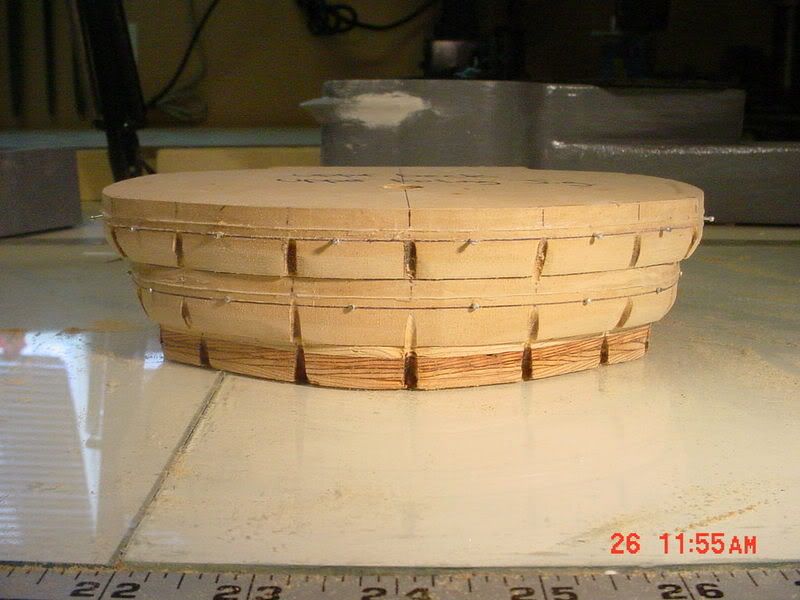

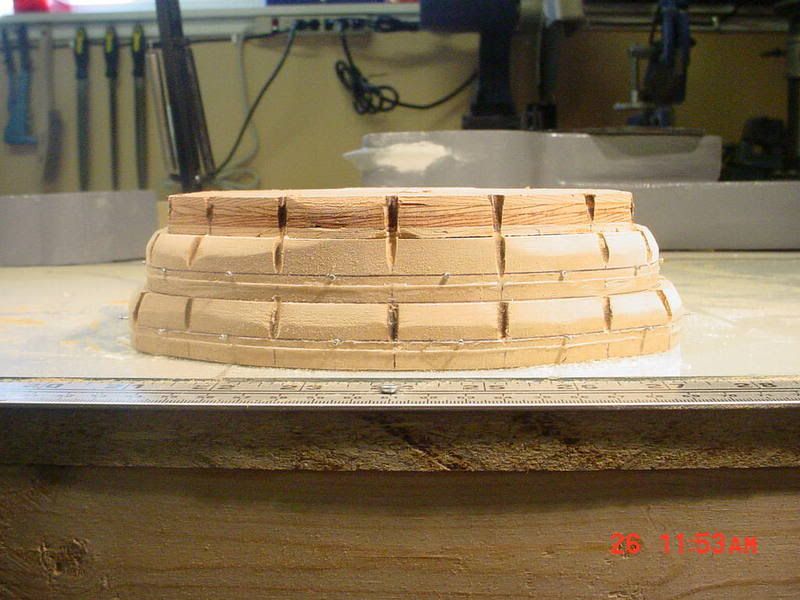











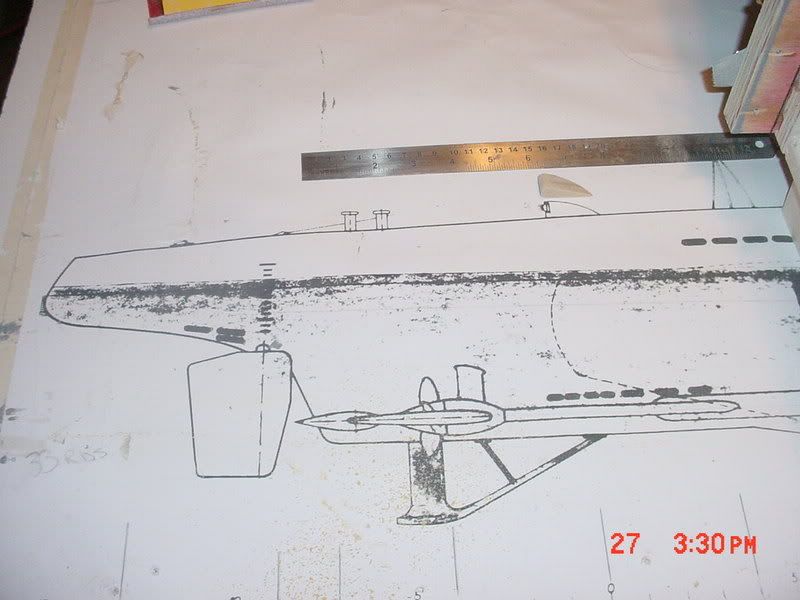
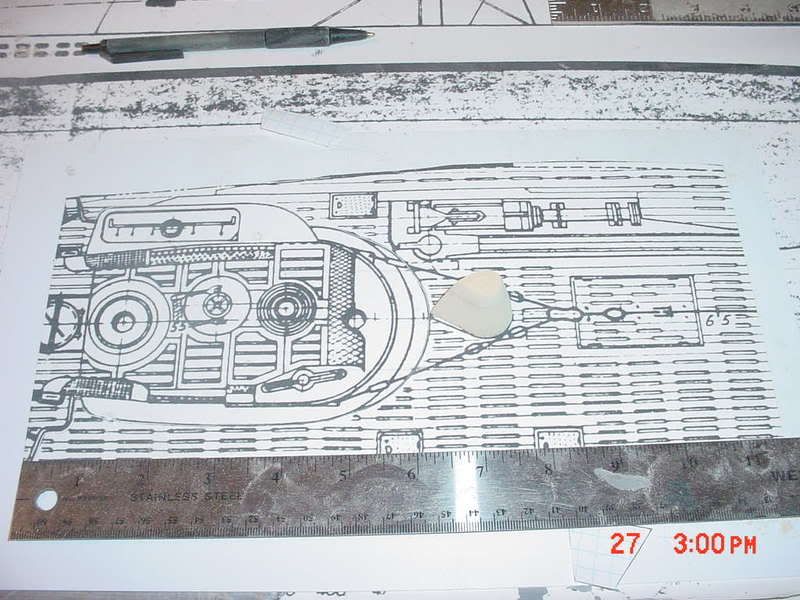


Comment